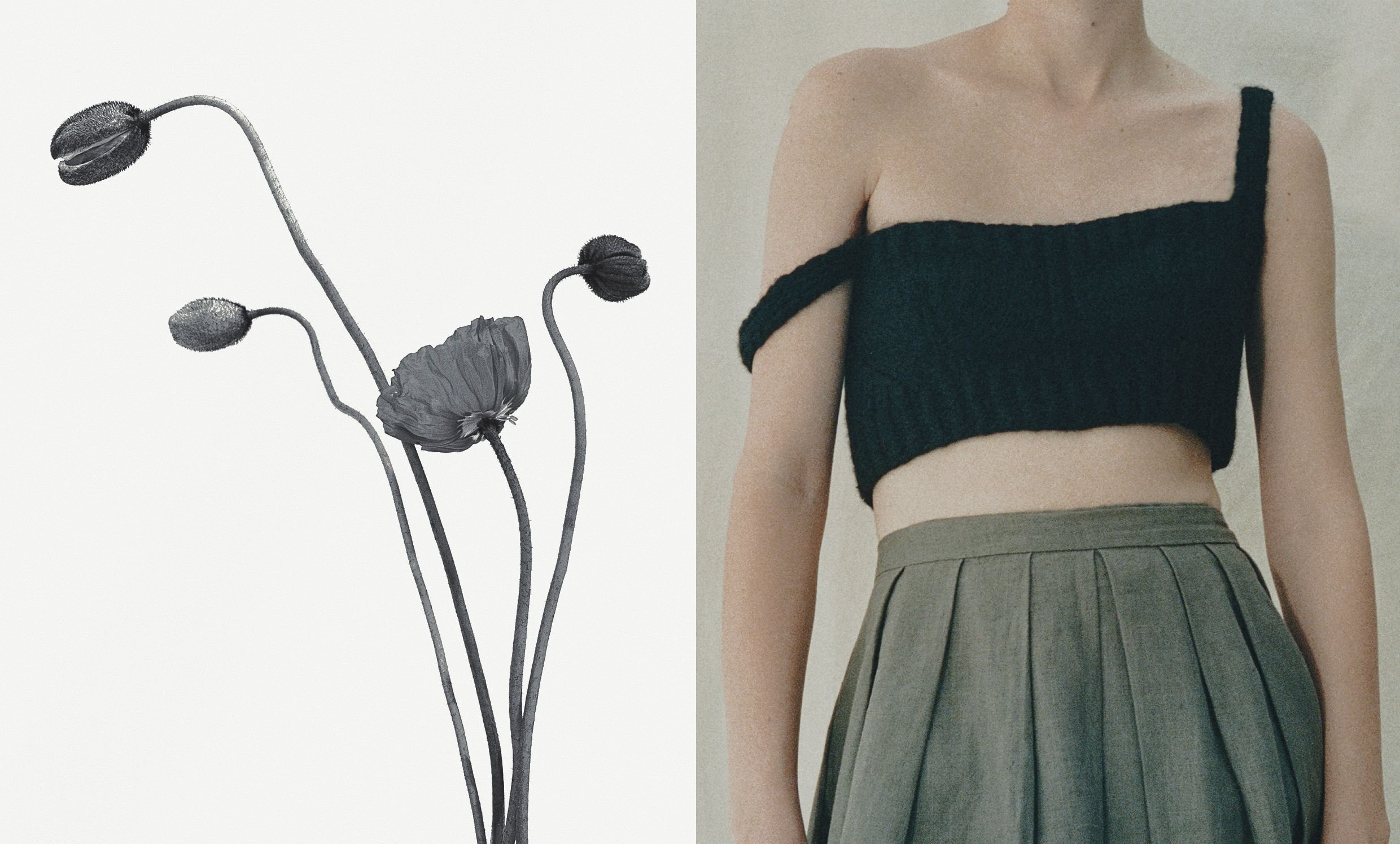THE WORLD OF MIKIKNITS
Milan based knitter, Miki Zanini, talks to OST about her passion for knitting.
Tell us about how you learned to knit.
My Swedish grandmother introduced me to knitting when I was a child. I was born and raised in Milano (my dad is Italian and my mom is Swedish), but we used to spend all our holidays, especially Summer breaks, in Sweden at my “Mormor’s” (grandmother in Swedish) house.
I’ve been always fascinated and mesmerized to watch her knitting and see how beautiful sweaters, wool socks, hats and mittens, she used to make for us, could possibly come out from her hands using humble and simple tools like just a ball of yarn and a couple of needles: pure magic, I thought as a child!
So she taught me the basic techniques. Since then, I’ve always loved to make little handcrafts, I explored cross-stitch and embroidery too, but knitting sticked to my heart. It brings me so much sentiment and peace, that around my 30s I felt the urge to improve my knitting skills and with great passion and patience, I stubbornly properly learned to knit by watching YouTube tutorials, buying knitting books and taking online knitting classes and making lots, LOTS of experiments and practiced all the time wherever I was.
So, I can certainly say that I’m a self-taught avid knitter but with a dear loving mentor: my Mormor!
where does your inspiration come from?
The main sources of inspiration that influence my designs are classic traditional techniques, I discovered by studying the history of knitting around the world. Being half Swedish, northern European knitting styles and techniques feel instinctive to me— bringing back memories and sentiments. My Italian flair for luxe and sophistication does the rest, especially in the selection of yarns I employ. Made in Italy precious and soft yarns, like fine and pure cashmere/yak/alpaca fibers.
I don’t want my creations to be fashionable, but timeless, something warm, affectionate, and sensuous. Spending a lifetime working in fashion has been a priceless training to understand true quality of materials and craftsmanship, and how to be curious, explore and get inspired by anything that surrounds me.
When you are lucky enough to have a great creative passion—as knitting is for me— your eyes and brain can’t help but looking at things always with a knitting research mindset! I often find myself taking screenshots of films I’m watching when a certain character appears wearing a beautiful sweater, or taking references for texture ideas or beautiful color combinations from paintings, nature, books, pottery and even architecture. Anything can surprisingly and unexpectedly turn into an inspiration if you keep your mind and eyes wide open!

WHAT IS IT ABOUT KNITTING THAT YOU LOVE?
Knitting is my happy place. When I’m knitting my mind quiets and my attention is on my hands, needles and yarn; all things feel present and connected—an open meeting place where all things come together. For me, knitting is a constant reminder of connection: each stitch is connected to the next and is essential to the creation of the whole, just as all things in life are entangled to make the whole.
In my knitting, I can vow to bring joyful presence to my activity and also to bring joy to others through the things I make.
Unfortunately, the fashion system nowadays seems to be more keen on fast and furious, soulless unethical mass productions, and - to be honest - I find it quite sad as a fashion insider. So, I guess, MikiKnits is my humble and personal reaction to embrace the values I strongly believe in: sustainability at a slow human pace, avoiding waste of material and of production, and uncompromising quality and craftsmanship.
how do you care and mend your knits?
The high quality of yarns seems to make no pills or much less than other knits (that’s what my costumers say, from their experience!). I usually hand-wash my knits in luke warm water with a drop or two of gentle wool soap and block them in shape to dry.
I have such affection for my knits and I wear them all the time until, after many years of usage, they are worn out. So I looked for a solution! During the pandemic I attended an online live mending workshop with Celia Pym! She lives in London and she is an expert, she makes beautiful works on garments that belong to individuals as well as in museums archives. She also wrote a book: “On mending, stories of damage and repair”.







